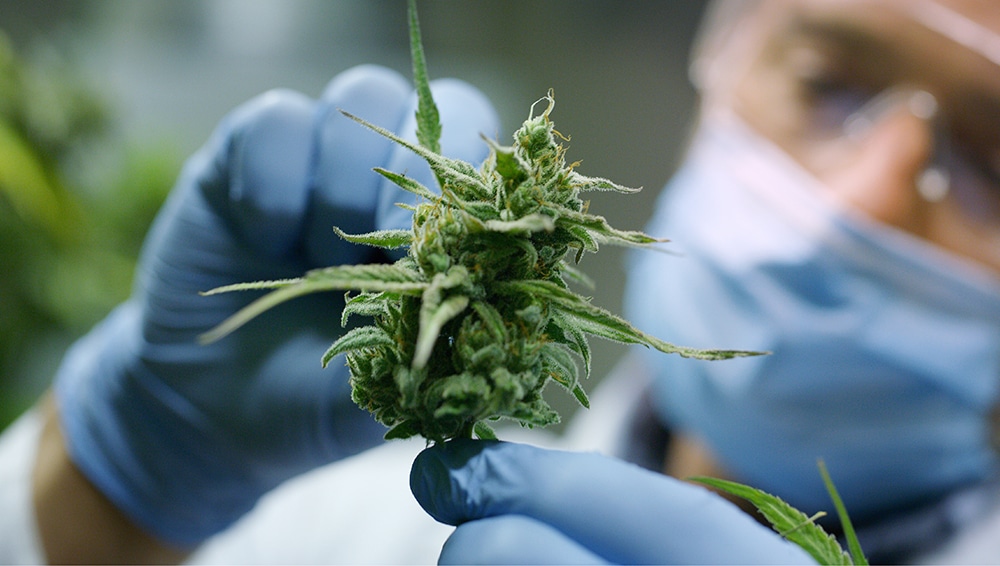But what is really going on inside these laboratories? Depending on the brand and company, a laboratory can be either independent or an integrated part of a production line. The lab can be directly associated with a cannabis farm or supplied with cannabis from farms elsewhere in the nation or globe.
Inside these labs, scientists use methods to create and test the products available for sale in dispensaries. Let’s take a closer look at the process of testing cannabis for sale.
Who is Doing the Testing?
Consumers are wise to ask the details of laboratory testing for the cannabis products that interest them, rather than blindly reading labels. Some companies have in-house testing protocols that confirm the labels are accurate, while others will work with an independent cannabis laboratory.
There are no regulations by the U.S. Food & Drug Administration that address specific amounts of chemical compounds prohibited or allowed in specific cannabis products. Instead, the FDA regulates marketing and claims that cannabis companies will make about the products. The companies themselves are the ones responsible for the safety work.
What Do Scientists Look For?
Most importantly, companies will want to ensure that their products contain what they say on the label. This can include:
- Percentages, or ratio, of cannabinoids like THC and CBD per serving
- Specific terpenes and flavonoids in a specific strain
- Safety concerns such as pesticides, heavy metals, or microbial contamination
- Depending on the products, there could be a potential for butane, propane, isopropanol, or acetone remaining after production. This can be harmful to the health of the customer, degrading the overall quality and reputation of the company.
How Does Testing Work?
Just like human fingerprints, each strain of cannabis has a different set of characteristics and benefits. To confirm these specific chemical compounds, scientists will use methods such as high-performance liquid chromatography, UV detection, and gas chromatography to test the parts of the plant including the flowers and leaves.
They also look for potency levels. Over the years, many producers of cannabis had tried to create strains that are increasingly high levels of THC. This is because consumers were seeking a stronger euphoria, which is associated with that cannabinoid.
However, today’s market demand also includes consumers interested in a more balanced THC and CBD ratio, as well as specific terpenes. Some strains, with specific ratios and compounds, are preferred for medicinal purposes.
No Standardization in Testing
One concern that remains in the industry is the lack of standardization for cannabis testing. Because each lab develops its own process, it is necessary for the consumer to be educated about what they should be testing for.
Especially when you are purchasing highly processed items such as wax, kief, shatter, or edibles, be sure to ask about the cannabis testing lab that was used to confirm the potency. Third-party sampling often only tests a small amount of product, since cannabis is a valuable item. Through these tests, you can be sure your product is safe and effective.




